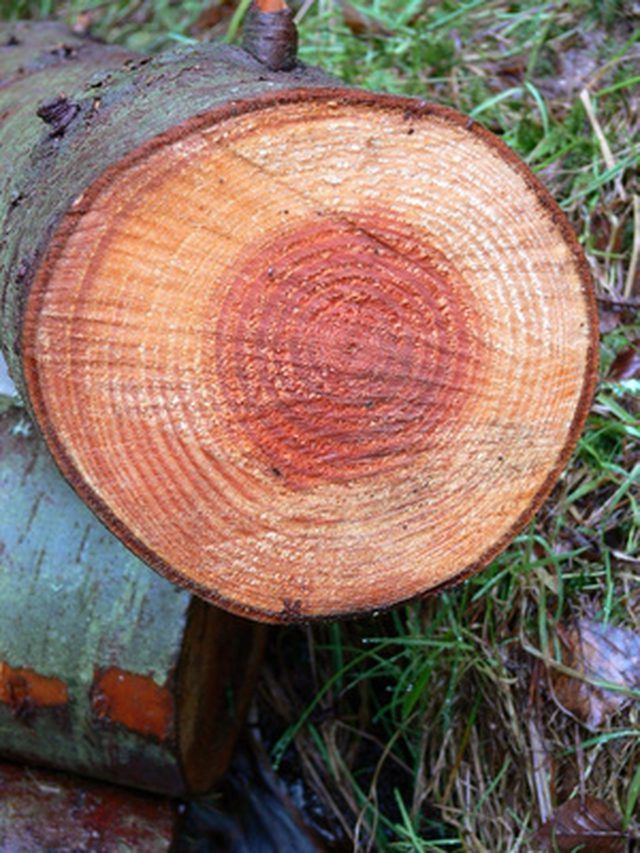Bulbs
Flower Basics
Flower Beds & Specialty Gardens
Flower Garden
Garden Furniture
Garden Gnomes
Garden Seeds
Garden Sheds
Garden Statues
Garden Tools & Supplies
Gardening Basics
Green & Organic
Groundcovers & Vines
Growing Annuals
Growing Basil
Growing Beans
Growing Berries
Growing Blueberries
Growing Cactus
Growing Corn
Growing Cotton
Growing Edibles
Growing Flowers
Growing Garlic
Growing Grapes
Growing Grass
Growing Herbs
Growing Jasmine
Growing Mint
Growing Mushrooms
Orchids
Growing Peanuts
Growing Perennials
Growing Plants
Growing Rosemary
Growing Roses
Growing Strawberries
Growing Sunflowers
Growing Thyme
Growing Tomatoes
Growing Tulips
Growing Vegetables
Herb Basics
Herb Garden
Indoor Growing
Landscaping Basics
Landscaping Patios
Landscaping Plants
Landscaping Shrubs
Landscaping Trees
Landscaping Walks & Pathways
Lawn Basics
Lawn Maintenance
Lawn Mowers
Lawn Ornaments
Lawn Planting
Lawn Tools
Outdoor Growing
Overall Landscape Planning
Pests, Weeds & Problems
Plant Basics
Rock Garden
Rose Garden
Shrubs
Soil
Specialty Gardens
Trees
Vegetable Garden
Yard Maintenance
How to Replace a Ryobi Chainsaw Chain
How to Replace a Ryobi Chainsaw Chain. Chainsaw chains eventually wear out---it can get bent and pinched during use or worn down from constant sharpening. Check your Ryobi manual to see when your chain should be replaced. When it's time for a new chain, replacement blades are available online or at garden centers. It's always a good idea to get two...

Chainsaw chains eventually wear out---it can get bent and pinched during use or worn down from constant sharpening. Check your Ryobi manual to see when your chain should be replaced. When it's time for a new chain, replacement blades are available online or at garden centers. It's always a good idea to get two chains for your Ryobi, since they often come packaged together at a discounted price. That way you can keep a spare chain in your chainsaw case.
Things You'll Need
Wrench or socket set
Screwdriver
Rag and solvent
Chain
Wood scrap (2x4 lumber)
Allow the chainsaw to cool down. If it is an electric saw, unplug it from electricity. Place the saw on a level work area.
Loosen the two nuts holding the bar cover plate in place. Loosen the chain tensioning screw by turning it counterclockwise as far as it will go. (The tensioning screw is located on the side of the saw that normally faces the tree, to the lower right of the chain bar; or it may be a slot in the bar or a screw between the two cover plate nuts.)
Remove the bar cover. Slide the old chain off of the bar.
Optionally remove the bar and clean it with a rag and solvent. Clean the saw and the bar cover. Replace the bar.
Slip the new chain onto the sprocket and bar, making sure the cutting edge is facing forward on top of the bar. Rotate the chain once by hand to make sure it is in the proper track. Replace the bar cover. Replace the two retaining nuts, fastening them loosely by hand.
Rest the saw on the flat work surface and elevate the tip of the saw blade on a small scrap of 2x4 lumber. Tighten the tensioning screw clockwise until there is 1/8 inch to 1/4 inch of slack in the chain beneath the bottom of the bar.
Tighten the two nuts holding the bar cover plate in place, without removing the supporting 2x4 block. Make sure both nuts are securely tightened. Remove the supporting block and spin the chain by hand--it should still have at least 1/8 inch of slack and should rotate freely.
If the chain is too tight, loosen the two cover plate screws, loosen the tensioning screw slightly and repeat the previous step.